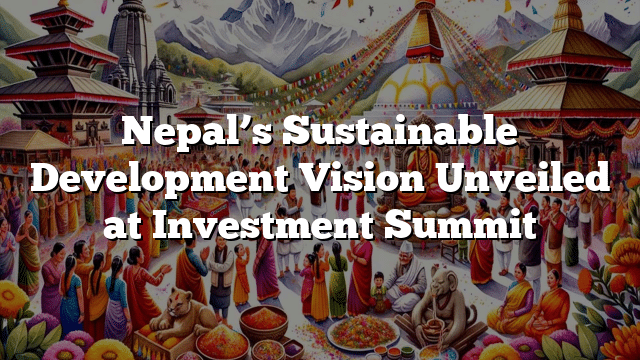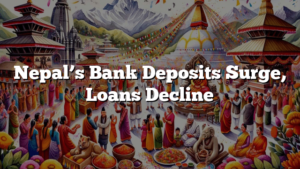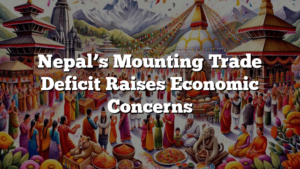
Dr. Min Bahadur Shrestha, Vice Chairman of Nepal’s National Planning Commission (NPC), has unveiled the country’s sustainable development vision while addressing the ‘Harnessing Green Finance for Sustainable Investment’ session at the Third Investment Summit in Kathmandu. He highlighted that the goals and programs of Nepal’s upcoming 16th Plan have been formulated by identifying the nation’s critical needs.
Shrestha emphasized that equal priority has been given to the development and expansion of the energy sector, which is the main driver of economic prosperity. He stated that among the various potential investment areas, the energy sector is a special priority for the government, and programs have been designed accordingly.
Recognizing agriculture as a major sector requiring increased investment and modernization, the Vice Chairman stressed the need to manage necessary resources and tools for a modern farming system. He also informed that the government has set a program with the idea of protecting forest areas in multiple ways and utilizing them for economic gain, underscoring that forests are the foundation of prosperity.
While discussing investment opportunities, Shrestha also mentioned the drinking water sector. He called upon foreign investors to invest in harnessing Nepal’s water resources, suggesting that glacier water can be processed and sold as an exportable commodity.
The NPC Vice Chairman stated that based on Nepal’s progress in the field of environmental protection, the country should receive more concessions for its contribution to green finance and carbon reduction. He urged the people to embrace the idea that not only will Nepal benefit from its worthwhile efforts for sustainable development, but the entire world will be able to enjoy the benefits, as it is for the benefit of the entire Earth.
During the session, Finance Secretary Madhu Kumar Marasini, Vice President of the Nepal Industry Association Ashish Garg, and others also spoke about the green economy and its dimensions, highlighting Nepal’s commitment to sustainable and inclusive growth.
The Investment Summit served as a platform for Nepal to showcase its sustainable development vision, emphasizing the country’s focus on renewable energy, modernized agriculture, forest conservation, and harnessing its natural resources, such as water, in an environmentally responsible manner. The government’s aim is to attract foreign investment in these key sectors while promoting green finance and contributing to global efforts towards environmental protection and carbon reduction.
Related:



